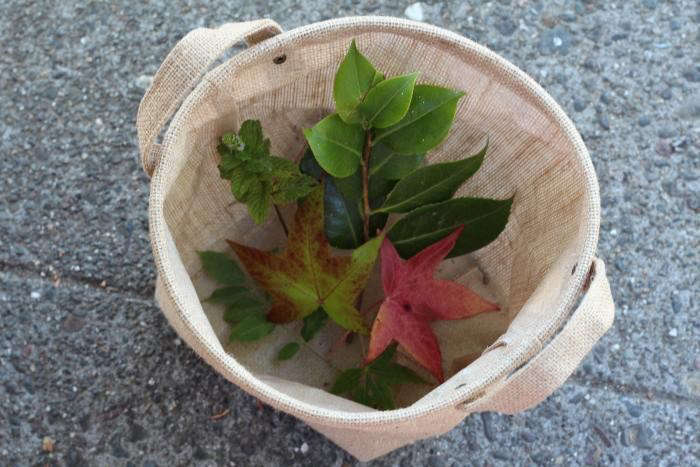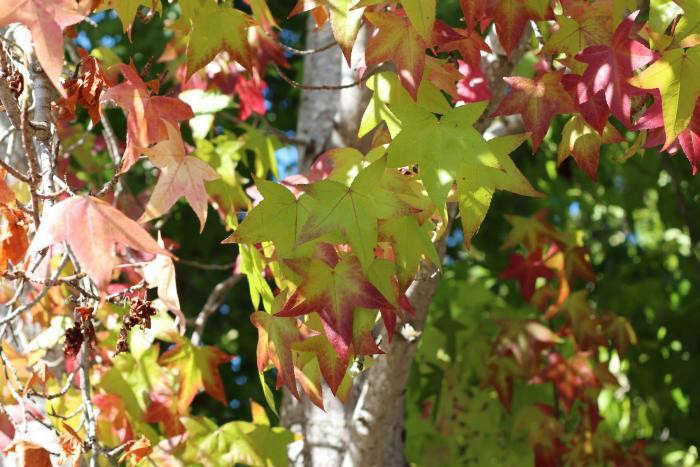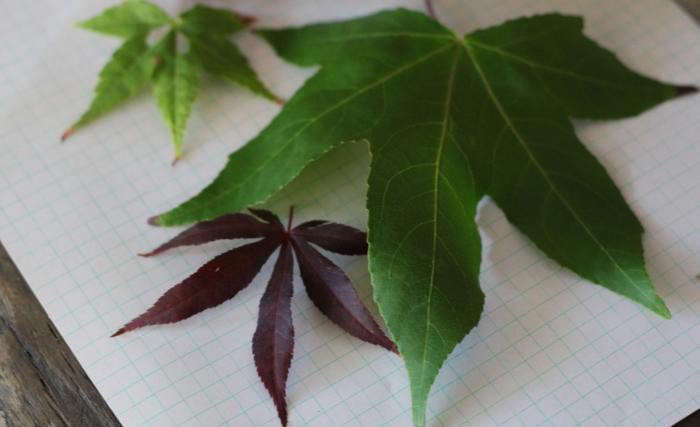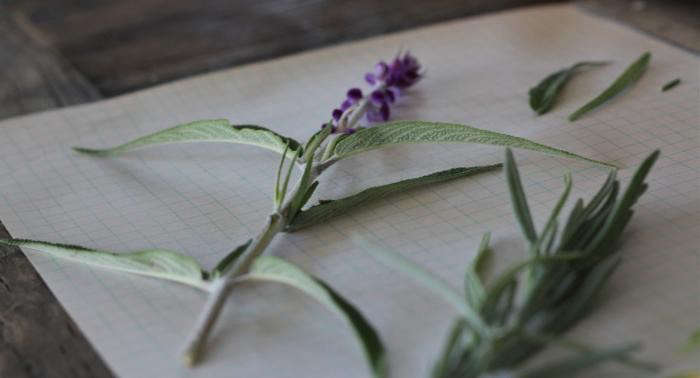If you are like me, you are probably pretty good at the parlor game of identifying certain plants: the flowers your grandmother grew in her garden, the pine cones you spray-painted gold in third grade, and forsythia (if blooming). Unfortunately this is not that helpful when you come across some new plant growing on the side of the road, or over a fence, or at the edge of a trail—that you would like to have, if only you knew how to ask for it at the local nursery.
Welcome to Throwback Sunday, featuring readers’ favorite posts from the past.
Now they make apps for people like us. Zillions of electronic field guides such as Leafsnap, Plantifier, and iPflanzen exist to help us identify plants on the fly. Snap a plant’s photo against a white background—and submit it instantly for analysis. Or click through a list of characteristics (leaf shape, flower color, plant’s height) to make the identification. (See our review of Plantifer, a plant ID app for Android and iPhone users.)
To see how well free plant identification apps work, two of my daughters (Zoe and Clem) and I recently downloaded a few and spent a morning playing CSI: Plant Detective. Here’s what we learned.
Photography by Zoe Quittner, except where noted.



Leafsnap correctly identified both a leaf from a Japanese maple (Acer palmatum) and the similar leaf of the sweetgum (Liquidambar styraciflua). Lynn was right.







Need help identifying plants? See our curated Garden Design 101 guides to Perennials, Annuals, Succulents & Cacti, Ground Covers, Edibles, ornamental Grasses, and Trees.








Have a Question or Comment About This Post?
Join the conversation